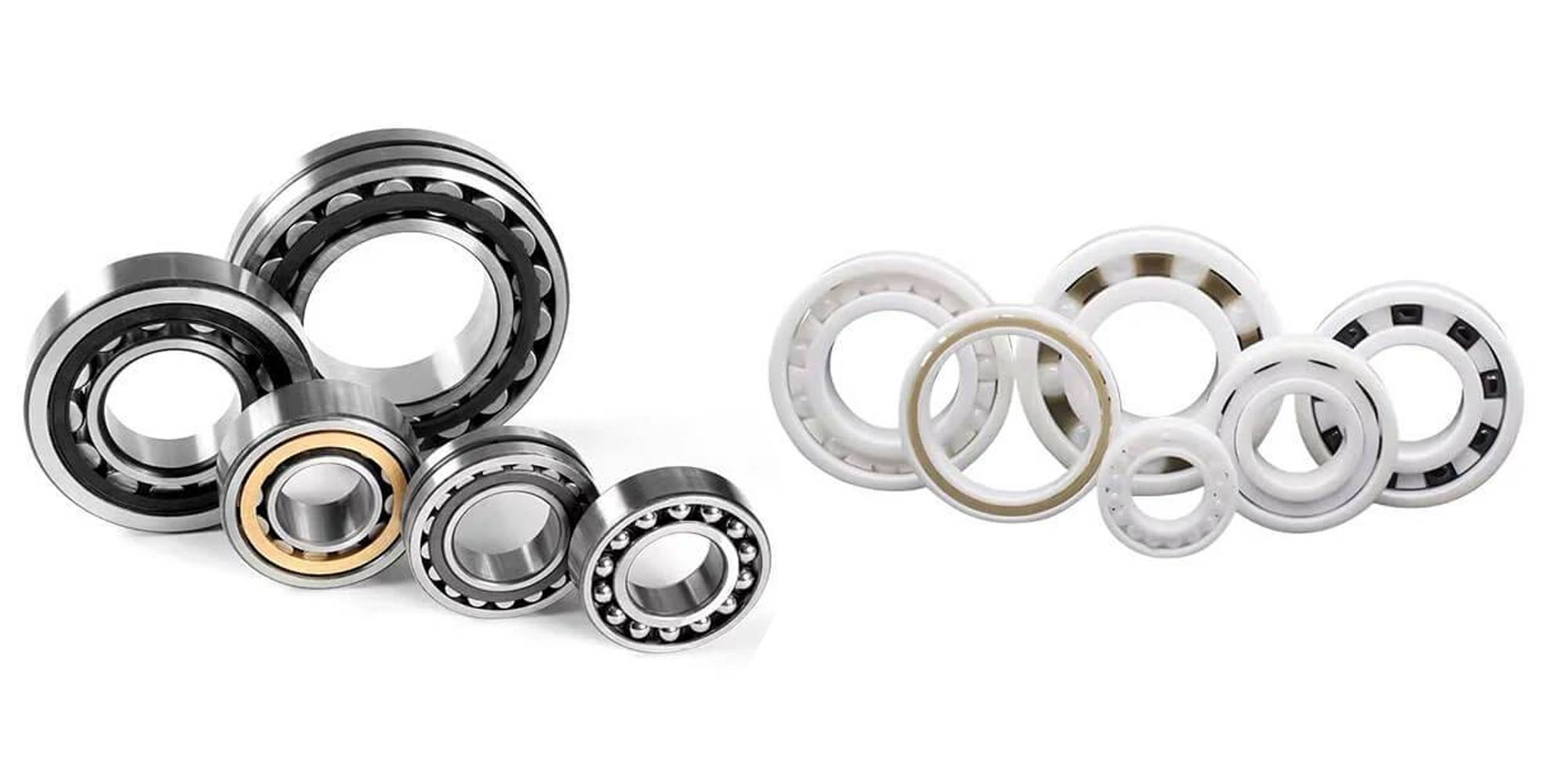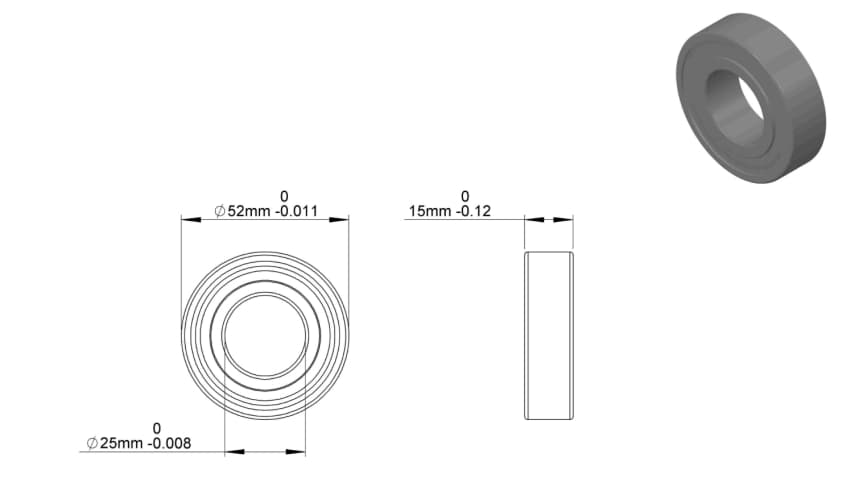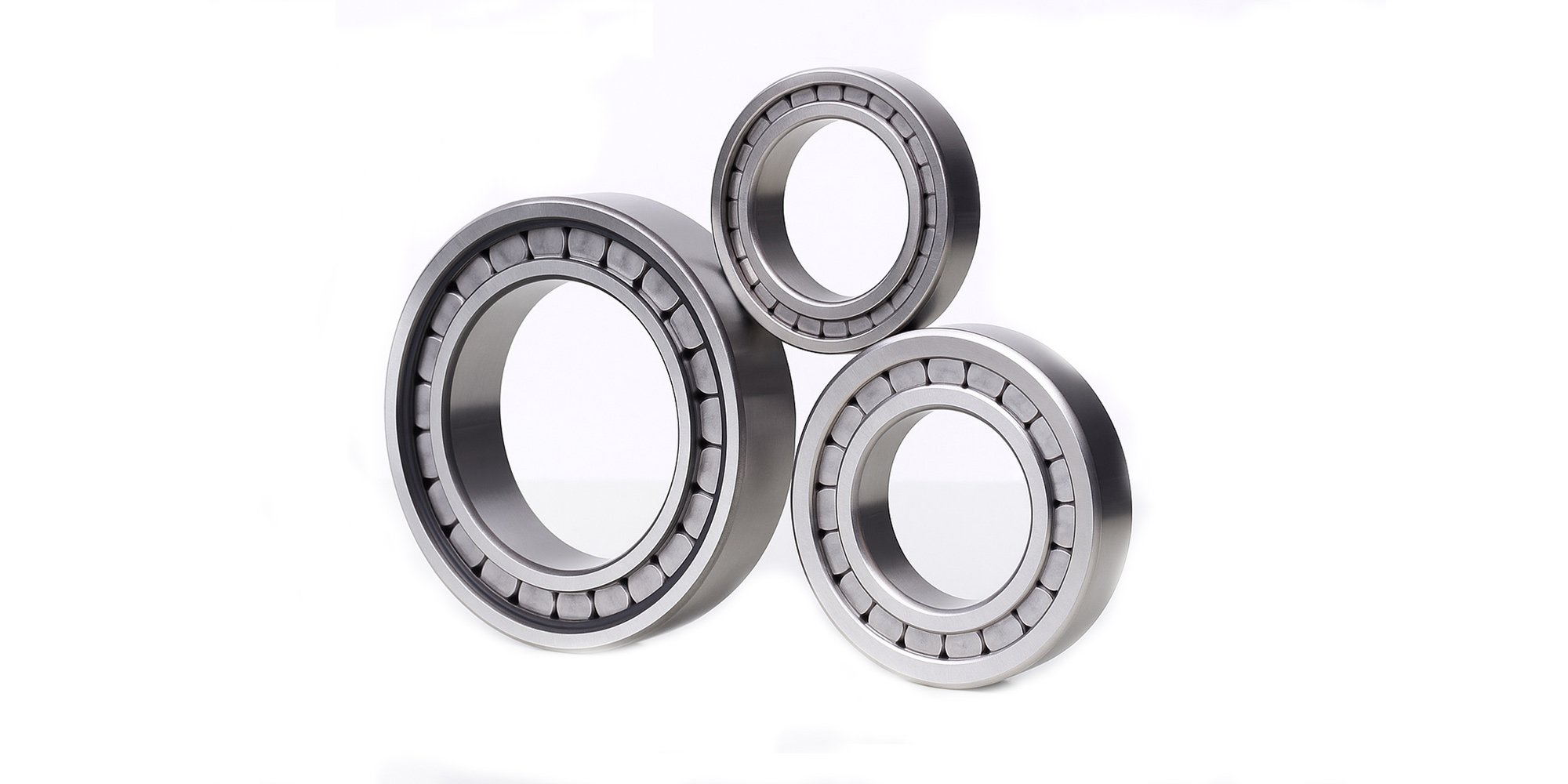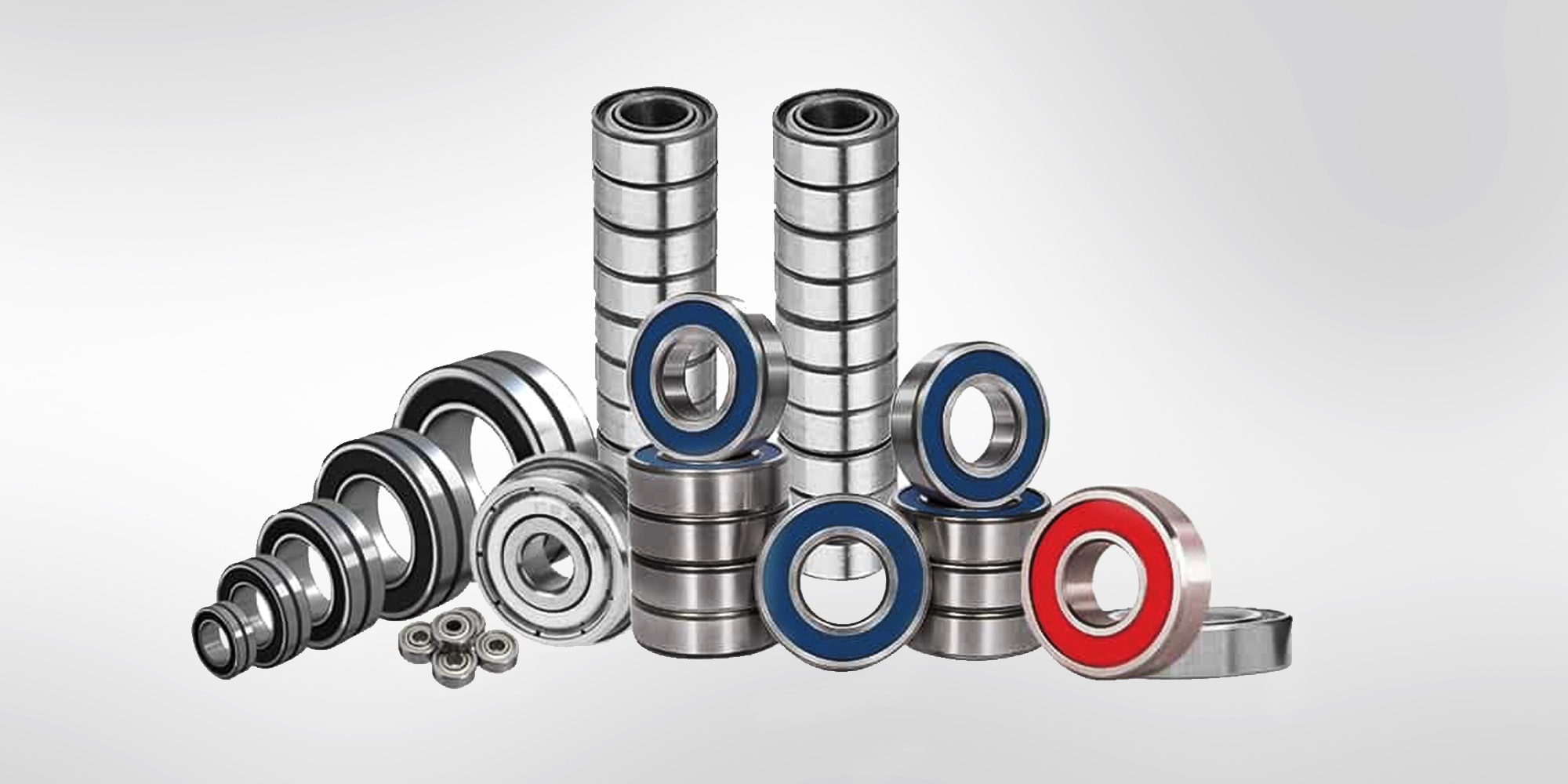What Is the Difference between a Radial Ball Bearing and a Thrust Ball Bearing?
In the world of machinery, ball bearings play a pivotal role. They reduce friction and ensure smooth operation of various mechanical systems. But did...

Ceramic high temperature bearings can handle more heat, resist corrosion, and reduce friction. But, they are more fragile and cost more.
Steel high temperature bearings handle heavier loads and are more affordable but have lower heat and corrosion resistance.
In this blog, we compare ceramic and steel high temperature bearings to help you make the best choice for your application.
High temperature bearings are designed to function in extreme heat environments.
They are made from specialized materials that can withstand thermal stresses.
These bearings are essential in industries such as aerospace, manufacturing, and energy production.
High temperature bearings ensure equipment performs at high temperatures for long periods.
Ceramic high temperature bearings are often made from materials like Silicon Nitride and Zirconia.
These materials are known for their excellent heat resistance and durability.
In aerospace applications, ceramic bearings are used in jet engines to endure high-speed rotations and intense heat.

Steel high temperature bearings are made from materials like 440 Stainless Steel or Chrome Steel.
These alloy steels are chosen for their strength and durability at higher temperatures.

Ceramic bearings can handle up to 1600°C, while steel bearings can only withstand temperatures up to 500°C.
Steel bearings have a higher load capacity than ceramic bearings, making them better suited for heavy-duty applications.
Ceramic bearings produce less friction compared to steel bearings. This makes them more efficient in high-speed operations and requires less lubrication.
|
Feature |
Ceramic Bearings |
Steel Bearings |
|
Temperature Resistance |
Up to 1600°C |
Up to 500°C |
|
Load Capacity |
Lower |
Higher |
|
Friction |
Low |
Higher |
|
Lubrication Needs |
Less lubrication |
More lubrication |
|
Cost |
Higher |
More affordable |
Steel bearings are typically 50% less expensive than ceramic bearings.
However, ceramic bearings offer long-term savings by reducing maintenance and replacement costs in high-temperature environments.

Aerospace applications often require ceramic bearings for their ability to handle extreme heat and high speeds.
Industrial machinery, however, may prefer steel bearings because of their higher load capacity and cost-effectiveness.
Consider the environment where the bearing will be used.
If your application involves exposure to corrosive elements or chemicals, ceramic bearings may be the better choice.
This is because of their superior corrosion resistance.
While ceramic bearings may have a higher initial cost, their durability and efficiency often lead to long-term savings.
A case study might show how reducing maintenance can offset the higher upfront cost.
It can also demonstrate how increasing the lifespan of bearings contributes to long-term savings.
Ceramic bearings are used in jet engines, turbines, and even spacecraft.
They can withstand extreme heat and maintain high performance under pressure.
Ceramic bearings are ideal for industries that involve continuous exposure to high heat, such as metalworking or cement production.
Steel and hybrid bearings are used in automotive applications, such as turbos and exhaust systems.
They handle high temperatures and heavy loads.
In summary, ceramic bearings are perfect for specific applications that involve extreme heat. They are ideal for high-performance environments, such as aerospace and industrial furnaces.
Steel bearings, on the other hand, are better for applications where load capacity is a priority.
Choosing the right bearing is crucial for optimal performance and cost savings.
If you need guidance on selecting the right high temperature bearings for your application, consult LILY Bearing. They offer tailored recommendations to meet your specific needs.

In the world of machinery, ball bearings play a pivotal role. They reduce friction and ensure smooth operation of various mechanical systems. But did...

Full complement bearings are often overlooked in the assembly of bearings. Unlike rubber seal, steel seal, open type, and UG bearings that we are...

Bearings play a crucial role in numerous applications, reducing friction and enabling smooth, efficient operations. Among the wide range of bearing...